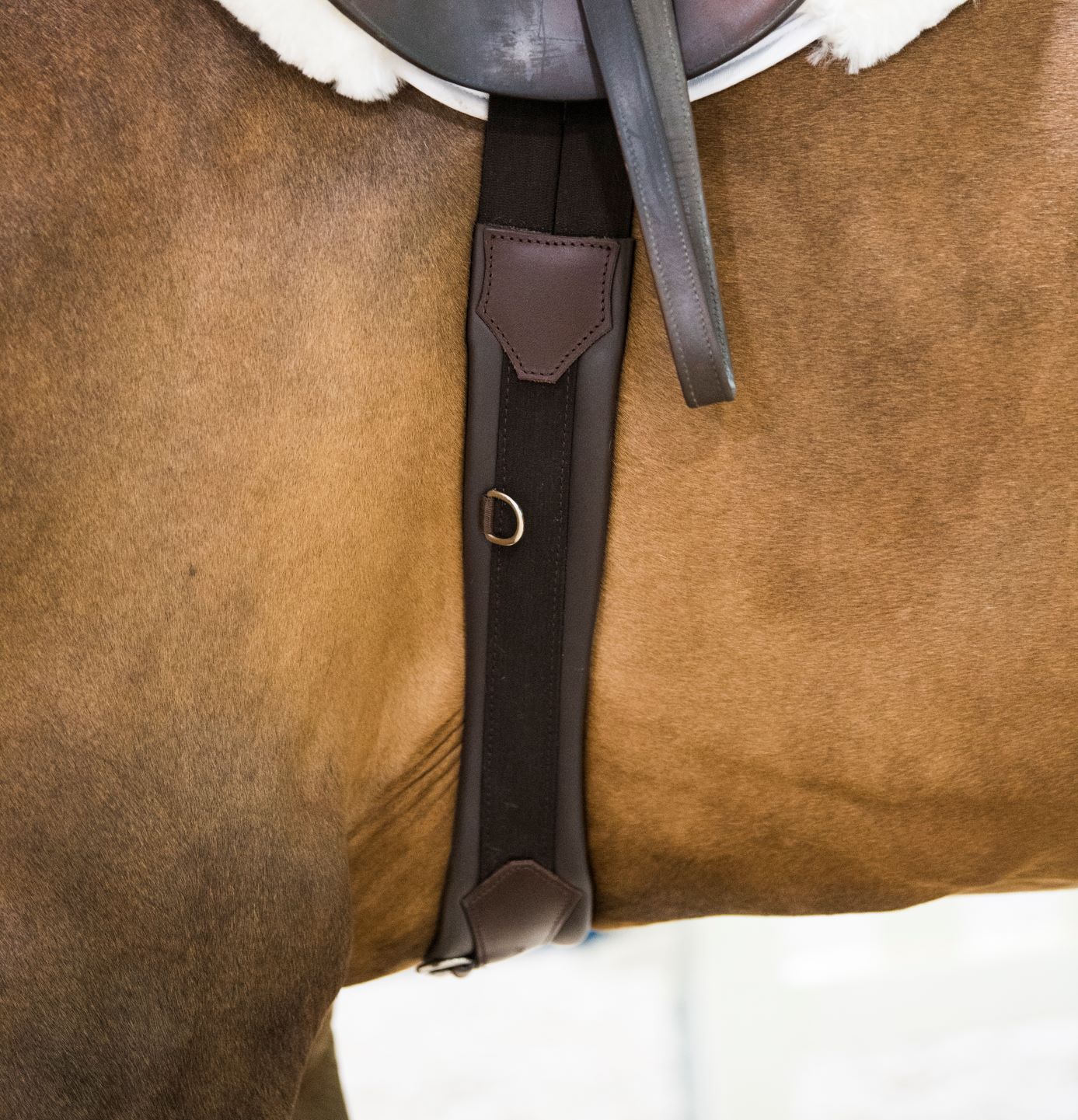The Ultimate Guide To Girth Master: Enhance Your Understanding!
Welcome to the ultimate guide on the "girth master," a concept that has gained significant attention in recent years. Whether you're a fitness enthusiast, a health practitioner, or someone simply curious about physical well-being, understanding the intricacies of girth and its measurement can provide valuable insights. This guide aims to demystify the concept, offering a thorough exploration of its applications, benefits, and the science behind it.
In the world of fitness and health, achieving the right measurements is crucial for assessing progress and identifying areas of improvement. The term "girth master" refers to an all-encompassing approach to measuring and managing girth—typically the circumference of body parts like the waist, thighs, or arms. These measurements can be key indicators of health and fitness levels. They play a vital role in personal training, nutrition planning, and even in medical assessments.
As we delve deeper into this topic, we will cover various aspects including the methodologies used for measuring girth, the significance of these measurements, and how they can be applied to enhance physical health. Additionally, we will explore the tools and techniques that have been developed to assist in these measurements, ensuring accuracy and reliability. Whether you're looking to apply this knowledge personally or professionally, this guide will equip you with the essential information needed to become a "girth master."
Read also:Revolutionizing Digital Imagery Free Ai Undress Technology
Table of Contents
- What is Girth Master?
- Importance of Girth Measurement
- Historical Perspective of Girth Measurement
- How is Girth Measured?
- Tools and Techniques for Measuring Girth
- Applications of Girth Measurements
- Girth Measurement in Fitness and Health
- Common Misconceptions About Girth
- How Can Girth Master Benefit You?
- Girth Master in Professional Settings
- Case Studies on Girth Measurement
- Future Trends in Girth Measurement
- FAQs About Girth Master
- Conclusion
What is Girth Master?
The term "girth master" is a coined phrase that refers to an expert or authority in the field of girth measurement. It encompasses knowledge and proficiency in understanding the significance of girth measurements across various domains. Girth, in this context, usually refers to the circumference of different body parts. This can be essential for tracking health, fitness, and even certain medical conditions.
As a "girth master," one understands the nuances of measuring girth accurately, using the right tools and techniques, and interpreting the data to make informed decisions. This expertise can be applied in personal fitness regimes, professional health assessments, and within the sporting industry to optimize performance and health.
Importance of Girth Measurement
Girth measurement provides vital information about an individual's health status. It helps in assessing body composition, tracking changes in muscle mass, and monitoring fat distribution. These measurements are particularly important because they can indicate risk factors for various diseases, including cardiovascular ailments and diabetes.
Furthermore, in fitness, girth measurements are used to evaluate the effectiveness of exercise programs. They help in setting realistic goals and tracking progress over time. Unlike weight, which can fluctuate due to various factors, girth measurements provide a more consistent indicator of changes in body composition.
Historical Perspective of Girth Measurement
The practice of measuring girth dates back to ancient civilizations where it was used to determine the suitability of individuals for certain roles, especially in the military. Over the years, the techniques and tools have evolved significantly. In modern times, girth measurement has been integrated into scientific studies and medical diagnostics, making it an essential component of health and fitness assessments.
How is Girth Measured?
Girth is typically measured using a flexible tape measure. The tape is wrapped around the body part to be measured, ensuring it is snug but not compressing the skin. Measurements are usually taken at specific anatomical landmarks to ensure consistency and accuracy.
Read also:Parineeti Chopra Net Worth A Detailed Look At Her Wealth And Success
Common Measurement Sites
- Waist
- Hips
- Thighs
- Chest
- Arms
Steps for Accurate Measurement
- Stand upright and relaxed.
- Wrap the tape measure around the body part.
- Ensure the tape is level and snug.
- Record the measurement at the end of a normal breath.
Tools and Techniques for Measuring Girth
While a simple tape measure is the most common tool for girth measurement, technological advancements have introduced more sophisticated devices. These include digital tape measures that provide more precise readings and body scanners that offer 3D imaging for comprehensive assessments.
There are also techniques like the skinfold method, which involves measuring the thickness of folds of skin and fat to estimate body fat percentage. These techniques require skill and practice to ensure accuracy and reliability.
Applications of Girth Measurements
The applications of girth measurements are vast and varied. In healthcare, they are used to assess nutritional status and guide dietary interventions. In fitness, they help in designing personalized workout programs. In sports, they play a role in optimizing athlete performance by analyzing muscle mass and fat distribution.
Girth Measurement in Fitness and Health
In fitness, girth measurements are crucial for tracking progress and setting goals. They provide a tangible way to measure improvements in muscle mass and reductions in fat. Health professionals use these measurements to assess risk factors for diseases and to monitor the effectiveness of treatment plans.
Girth measurements can also be used in conjunction with other assessments, such as BMI and body fat percentage, to provide a comprehensive view of an individual's health.
Common Misconceptions About Girth
One common misconception is that girth measurements are only relevant for bodybuilders or athletes. However, they are valuable for anyone interested in health and fitness. Another misconception is that girth measurements are not an accurate indicator of health. While they should not be the sole measure, when used alongside other indicators, they provide valuable insights.
How Can Girth Master Benefit You?
Becoming a "girth master" can significantly benefit your health and fitness journey. By understanding how to accurately measure and interpret girth data, you can set realistic goals, track your progress, and make informed decisions about your health and fitness routines.
For professionals, this expertise can enhance your ability to provide effective guidance and support to clients, leading to better outcomes and greater satisfaction.
Girth Master in Professional Settings
In professional settings, the knowledge of girth measurement can be invaluable. Personal trainers, coaches, and health practitioners can use this information to tailor programs and interventions to meet the specific needs of their clients or patients. This expertise can also enhance credibility and authority in the field.
Case Studies on Girth Measurement
Several case studies have demonstrated the effectiveness of girth measurements in improving health outcomes. These studies highlight how measuring and tracking girth can lead to significant improvements in body composition, fitness levels, and overall health.
Future Trends in Girth Measurement
The future of girth measurement is likely to be shaped by technological advancements. Innovations such as wearable tech and AI-driven analytics are expected to provide more accurate and comprehensive data, making it easier for individuals to monitor and improve their health.
FAQs About Girth Master
What is the primary purpose of girth measurement?
Girth measurement is used to assess body composition, track changes in muscle mass and fat distribution, and monitor health risks.
Can girth measurements replace other health assessments?
No, girth measurements should be used in conjunction with other assessments for a comprehensive view of health.
Is girth measurement only for athletes?
No, it is valuable for anyone interested in monitoring their health and fitness levels.
What tools are needed for girth measurement?
A flexible tape measure is the most common tool, but digital devices and body scanners can also be used for more precise measurements.
How often should girth measurements be taken?
This depends on individual goals, but generally, every 4-6 weeks is recommended for tracking progress.
Can girth measurements help in weight loss?
Yes, they can help track changes in body composition and guide dietary and fitness interventions.
Conclusion
Understanding and mastering girth measurements can provide significant benefits for both personal and professional health and fitness goals. As a "girth master," one can effectively track and enhance physical well-being, making informed decisions based on accurate data. With the right tools, techniques, and knowledge, girth measurement is a valuable skill that can lead to improved health outcomes and a better understanding of one's body.
Article Recommendations

